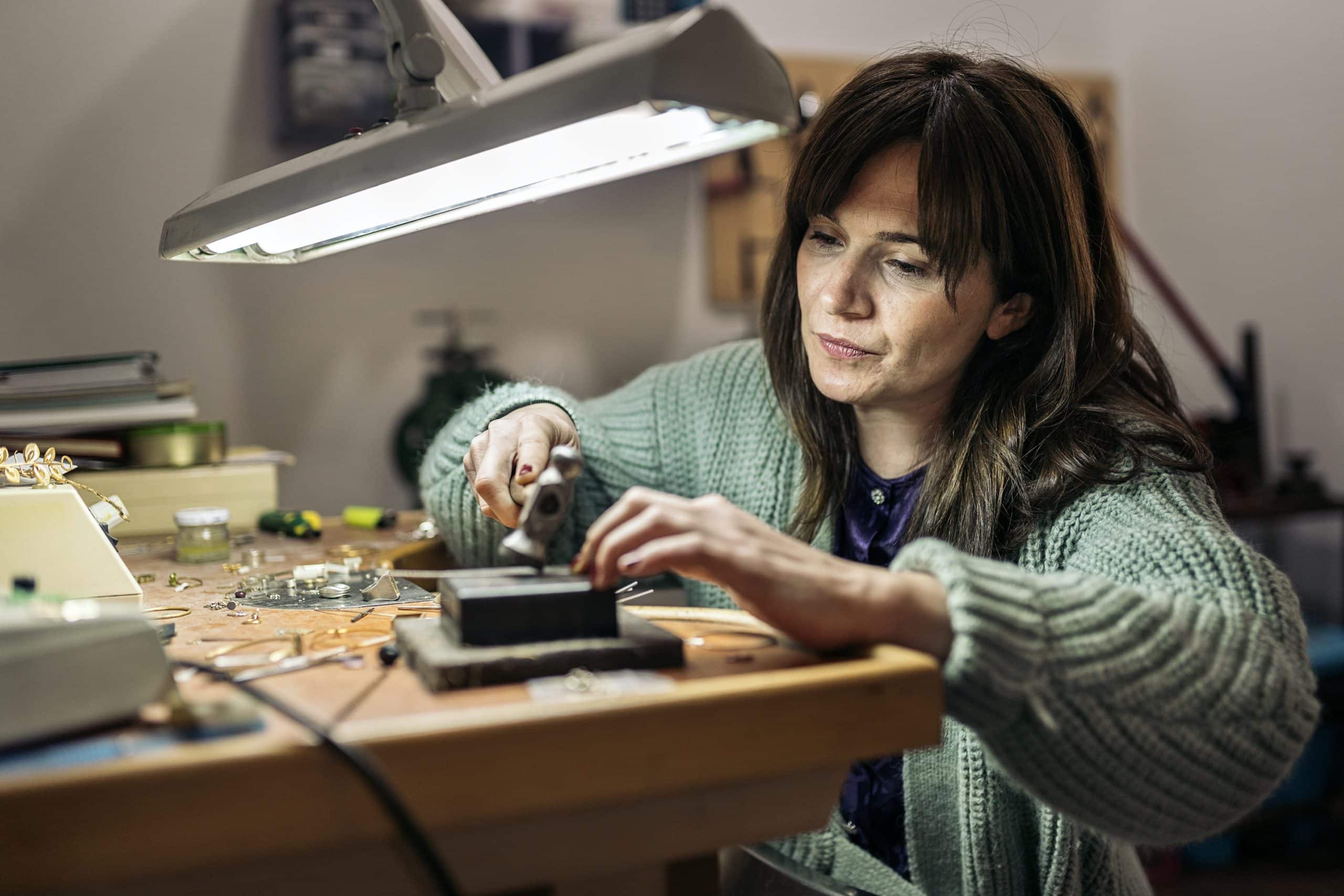How to Build a Space-Efficient, Foldable Workbench for a Compact Garage?

One of the many joys of DIY home projects is carving out your little corner of the world, a place where you can bring your ideas to life. For many, this is the garage – although, not all garages offer ample space. To those of you with a compact garage, don’t despair. You can still have your own workbench without sacrificing your parking space. In this article, we guide you on how to build a foldable workbench, a space-efficient solution that you can simply click in place when you need it, and fold away when you don’t.
A Simple Blueprint to Your Foldable Workbench
Before you dive into the build, take a moment to read this simple blueprint. While it is easy to get excited and jump right in, having a clear plan will save you time and prevent potential mistakes.
In the same genre : What’s the Best Approach to Organizing a Tiny Laundry Room with Multiple Users?
Firstly, gather your materials. You will need wood for the tabletop and the legs, screws to hold everything together, and hinges for the folding mechanism. The dimensions of these items will depend on the size of the workbench you want.
Next, consider the wall you plan to attach the bench to. Make sure it is sturdy enough to hold the weight of the bench and the items you plan to work on. It may be necessary to reinforce the wall with additional wood pieces.
This might interest you : How to Choose the Perfect Eco-Friendly Mattress for a Good Night’s Sleep?
Finally, remember to take measurements. Measure twice, cut once is a wise adage to follow when it comes to DIY projects.
Crafting the Table Top: The Heart of Your Workbench
The workbench’s tabletop is the heart of your project. This is the surface where you will be working on your DIY projects, so it needs to be stable and strong.
To make the tabletop, choose a piece of wood that is both sturdy and smooth. Plywood is a popular choice for this, as it is affordable and easy to work with. The size of your tabletop will depend on your space and needs, but a standard size is around 4 feet by 2 feet.
Once you have your wood, cut it to your desired size using a saw. Remember to sand the edges after cutting to remove any splinters or rough spots.
Next, apply a suitable finish to protect the wood and make it more durable. You can use paint, varnish, or a wood stain, depending on your preference.
Assembling the Legs and Folding Mechanism
Now that you have your tabletop, it’s time to work on the legs and the folding mechanism. This part involves a bit more technical work, but with a little patience and the right tools, you can do it.
Start by cutting the legs for your workbench. These should be made from sturdy wood and cut to the same length. Depending on how high you want your workbench, this is usually around 34 inches.
Next, attach the legs to the tabletop using screws. Ensure they are secure and that the tabletop is level.
The folding mechanism is created using hinges. Attach one side of the hinge to the leg and the other to a piece of wood that will be fixed to the wall. This will allow you to fold the workbench up against the wall when not in use.
Attaching Your Workbench to the Wall
We’re in the home stretch now. It’s time to attach your workbench to the wall. This step is crucial for the stability and safety of your workbench, so take your time and do this correctly.
Start by finding the studs in your garage wall. These are the strong points where you should attach your workbench. Mark these points on the wall.
Next, take the wood pieces you have for attaching the workbench to the wall (the ones linked to the hinges), and screw them into the marked points. Ensure they are level and secure.
Finally, with the help of another person if necessary, lift your workbench and align the hinges on the legs with the wood pieces on the wall. Screw them together, and voila! You have your foldable workbench.
Utilizing Your Foldable Workbench
Congratulations! You now have a space-efficient workbench in your garage. Before you begin using it, ensure it is stable and secure.
A great feature of this design is its foldability. When you’re not using your workbench, simply lift it up and it will fold neatly against the wall, freeing up space in your garage.
Remember, your workbench is versatile. Don’t limit its use to only one type of work. It can serve as a potting table, a space for painting, a place to repair small appliances, and much more.
Always take care when working on your foldable workbench. Though it’s sturdy, it still has its limits. Never overload it and check its stability regularly for safe use.
Building your foldable workbench is just the beginning. The real fun comes in the many projects you will bring to life on its surface. Now, get out there and start creating!
Optimal Care and Maintenance for Your Foldable Workbench
Now that your foldable workbench is installed and ready to use, it’s crucial to maintain its condition. Proper care will ensure your workbench remains sturdy, functional, and safe for use over time.
The first thing to remember is to clean your workbench after every use. Sawdust, paint drips, and other debris can accumulate on the work surface, making it less efficient for future projects. Always wipe it down and brush off any debris.
Despite using robust materials like heavy duty wood screws and a solid wood tabletop, it’s important to routinely check the strength and stability of your workbench. The screws may loosen over time due to the constant folding and unfolding of the bench. If you notice any wobbly parts, tighten the screws or replace them if necessary.
When it comes to the folding mechanism, apply a lubricant to the hinges occasionally. This will keep the motion smooth and prevent the metal from rusting. Also, examine the condition of the wood attached to the wall and the legs. If you notice any cracks, it may be time to replace those pieces to maintain the structural integrity of your DIY workbench.
Additionally, be mindful to avoid overloading your workbench. Even though it is attached to the wall studs and uses a strong ledger board, it has a weight limit. Overloading can lead to damage or even collapse, so respect the workbench’s capacity.
Your foldable workbench is a great space-saving solution, but it requires care and attention to preserve its functionality and safety.
Conclusion: Embrace the Versatility of Your Folding Workbench
Building a foldable workbench for your compact garage is an effective way to utilize space and create a functional DIY area. The steps to attach your workbench to the wall, create a strong tabletop, and ensure a stable folding mechanism might seem daunting initially, but with patience and proper planning, it is an achievable project.
Your folding workbench is not just a work surface; it’s an embodiment of your DIY spirit. It is a testament to your skills and ingenuity, and it will serve as the foundation for many future DIY projects. From simple repairs to intricate crafts, this wall-mounted folding workbench will be an invaluable asset in your garage.
Remember, caring for your workbench by cleaning it regularly, checking the screws, lubricating the hinges, and not overloading the surface will prolong its life and functionality.
Now that you have your own space-saving, DIY foldable workbench, the possibilities are endless. So, roll up your sleeves and let your creativity unfold on your new workbench!
